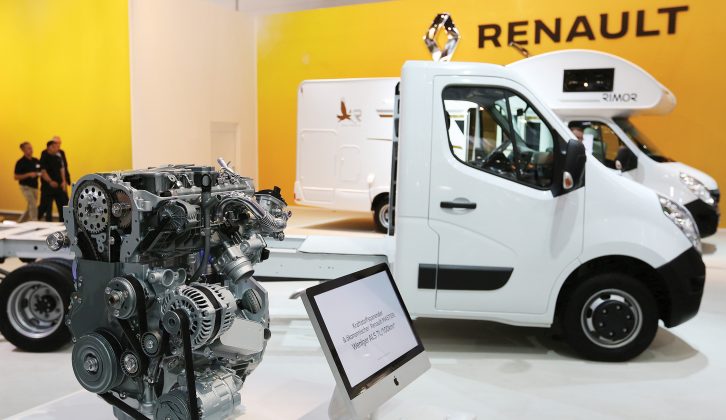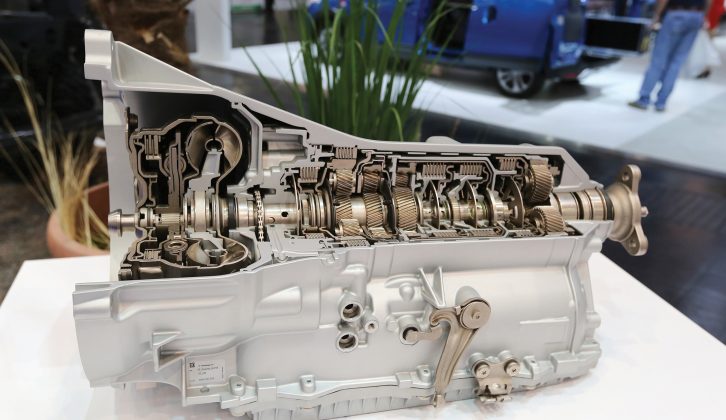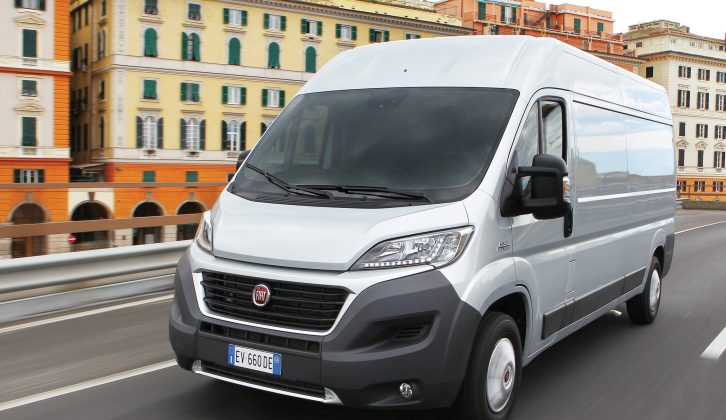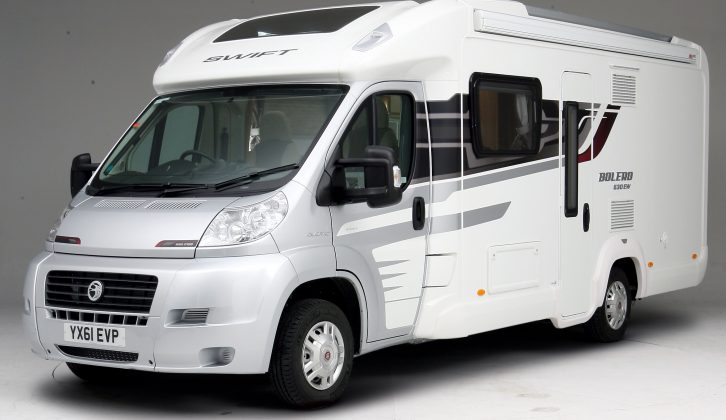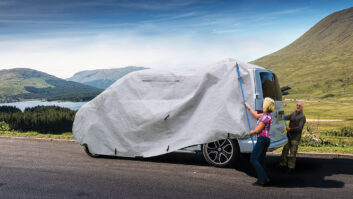As a motorhome workshop owner I regularly get asked which is the most reliable base vehicle for a motorcaravan conversion, usually due to erroneous information gleaned from an internet forum. The answer is: I don’t know; they all have their own issues.
Of course, the Fiat Ducato is the most popular base van for converters and, because of this, it is the one that gets most reported faults. Check out our Fiat Ducato and Peugeot Boxer buyer’s guide and our article about motorhome base vehicles to see what we mean. The reality is that modern vans are more reliable than ever before.
So I’ve decided to delve deeper into the subject of motorhome reliability so that I can let you know what to expect as the miles mount up, and reveal how you can limit the effects of age on your motorhome.
When I started out in the motor trade, an average car or light van had an average life of 70,000-80,000 miles. Today’s cars will happily go way beyond 100,000 miles and many light commercial vans will easily cover more than a quarter of a million miles in their lifetimes.
Your ’van can go the distance
Out of the four vehicles that I own, not one has fewer than 125,000 miles under its belt and my two Fiat Ducato vans both have more than 200,000 miles on the clock!
Have you ever wondered how many times an engine turns during its lifetime? Well, I occasionally get to sit and ponder these sorts of details, so I did some rough calculations based on my work van, a Fiat Ducato SWB 2.0-litre JTD, that currently has a recorded 209,000 miles on it.
At 60mph in fifth gear, my van’s engine is doing 3000 revolutions per minute. To put it another way, that’s 3000 revolutions per mile. Multiply that by the 209,000 recorded miles and this engine has turned 627,000,000 times – that’s 627 million rotations of the crankshaft. However, this doesn’t take into account the time the engine is running but the vehicle is not moving, such as when it is standing at traffic lights, or even when it is running in lower gears as it accelerates up to speed.
If we add another 10%, we get 689.7 million, close to 700 million turns. Last spring, I even had to fit a new clutch in it!
Burn the soot away
So what about all the problems we do hear about on various motorhome base vehicles: clutch judder, wheel-bearing failures, EGR-valve issues, DPF faults and the like? They do, of course, occur and, yes, some faults are common issues on certain vehicles. Nevertheless, modern commercial vans are super-reliable compared to the older vans we used to run.
So why do we see so many faults cropping up in motorhomes? It is primarily down to the way we use them or, perhaps a better way to say it is, how we don’t use them.
All motorhomes are built on light commercial vehicle chassis, mostly vans in the 3500kg GVW bracket. These vehicles are generally used as delivery vans and light trucks and, as such, they live a hard life. They are often driven by a selection of drivers of varied abilities, none of whom care much about looking after the vehicle in the way that you would maintain your motorhome. Such a van will most likely cover more than 100,000 miles per year.
Drive your ’van more often
Our troubles are largely caused by being too gentle with our motorhomes and then leaving them standing for weeks on end.
I’m not saying we should thrash them mercilessly or do astronomical mileages in them but they do need regular use and to be driven a bit harder than many motorhome owners do, especially the latest generation vans with quite tall overall gearing. High gearing does result in good fuel efficiency when allied to an engine that produces good low-speed torque, but the engine will be so lightly loaded for most of its life that bores can glaze and other problems can arise. A blocked DPF is just one case in point.
The DPF (diesel particulate filter) sits in the exhaust system where its purpose is to catch soot particles before they reach the outside atmosphere.
Obviously a filter cannot just go on catching soot forever because it would soon become blocked. The purpose of the DPF is to trap soot at lower speeds but, when running at motorway speeds, the DPF will get hot enough to burn the soot and turn it to ash, which can then be ejected through the tailpipe safely.
How to clear the DPF
The problem for motorhomes is that they are often driven for long runs on motorways but not at the same sort of speeds that the white-van man does, so the DPF doesn’t ‘light off’ and eventually gets clogged up with sooty diesel particulates.
My advice for anyone with a DPF-equipped motorhome is to give it a bit more stick than normal once in a while. Get the revs up around 3000 for a prolonged session, say 10 miles or so every couple of thousand miles. You can easily do this by using one gear lower than top on the motorway for a while.
If you do, your motorhome will compete with the most reliable ’vans reported by readers in our Practical Motorhome Owner Satisfaction Survey 2016. Happy touring!
A keen motorcaravanner, Practical Motorhome’s technical expert Diamond Dave runs his own leisure vehicle workshop. Find out more at Dave Newell Leisure Vehicle Services.
Get the revs up around 3000 for a prolonged session, say 10 miles or so every couple of thousand miles
